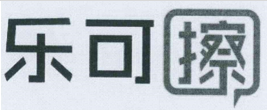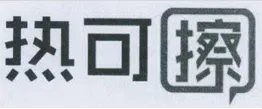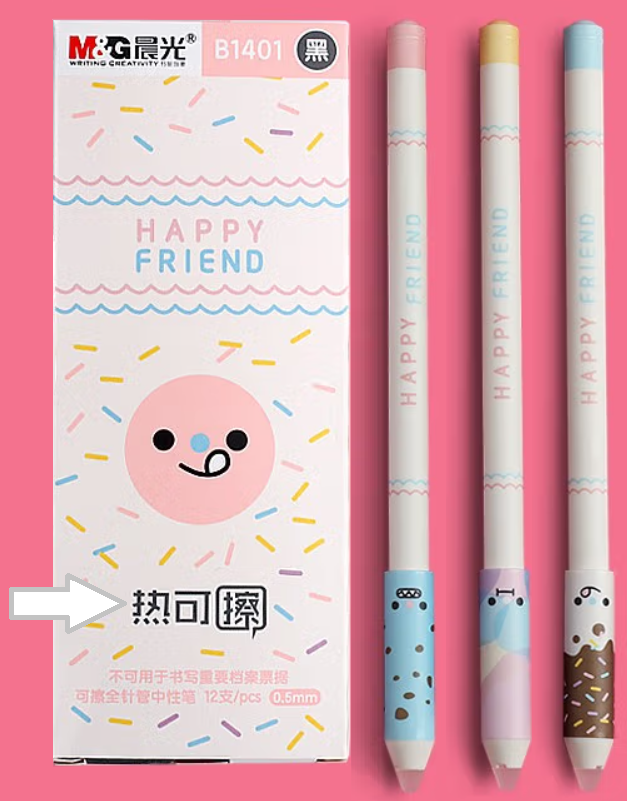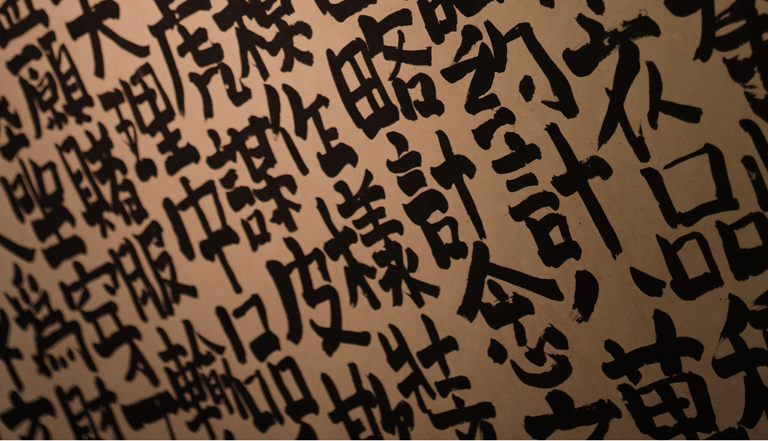A recent Chinese court decision in a copyright infringement case attracted public attention when the defendant was found to have infringed and made liable for damages, but was allowed to continue using the infringing Chinese characters.
Background
In December 2011, a Chinese author, Haishan Zhang, created a Chinese font with a unique aesthetic form. The font was christened "Zhang Haishan Sharp Harmony Font". Its main feature is that it is composed of straight lines and cutting angles, coupled with a traditional Chinese cultural touch. Copyright in the design of the font was registered in China as an art work in 2015.
Shanghai Morning Glory Stationery is a renowned stationery supplier in China. In June 2012, it applied to the China Trade Mark Office to register trade marks nos. 11035204 "Le Ke Ca” and 11035203 “Re Ke Ca” both represented in stylised Chinese characters. The characters comprising these marks were in the copyright protected font. Post-registration, the stationery company launched a series of products. The registered marks and other characters in the same font were displayed on the product packaging.
 (TM Reg. No. 11035204) |
 (TM Reg. No. 11035203) |

(example of stationery product packaing with registered TM No. 11035203)
Lawsuit
Zhang Haishan filed a complaint in 2020 with the District People's Court for infringement of his copyright and sought an order to stop the infringement and damages in the amount of RMB 1.5 million (US$ 230,000). The court largely upheld Zhang's claims finding that his copyright had been infringed and ordered the defendants to cease using and selling products displaying characters in the protected font. Zhang was awarded RMB 280,000 (US$ 43,000) in damages. Case no. 2020 Su 0115 Min Chu 7981.
The stationery company appealed to the Intermediate People's Court. The second instance judgment upheld the lower court's finding of copyright infringement and confirmed the amount of damages, but it reversed the lower court's order that the defendant must cease use of the Chinese characters in the infringing font. Case no. 2021 Su 01 Min Zhong 11555.
The case has some interesting points.
1. Can the Chinese characters generated by computer software constitute protectable works under copyright law?
The defendant contended that the plaintiff's font library contained computer generated fonts and questioned the plaintiff's actual creativity. The defendant argued that the plaintiff's creative efforts were merely in developing a standard style of font that was automatically implemented through computer software; however, the plaintiff did not invest creative labour in creating the specific Chinese characters in question. Moreover, the differences between the plaintiff’s font and other fonts in the public domain were too subtle. Thus, these Chinese characters should not be considered works of art protected under copyright law, which requires a higher degree of originality and creativity.
In response, both courts held that original characters created with modern tools, such as computer programs, could be considered original and constitute art works as long as they possess a unique artistic effect and aesthetic significance compared to fonts in the public domain. Accordingly, the courts found that the characters in question should be protected by copyright law.
2. If infringement has been established, should the defendant be ordered to cease its infringement activity and be liable for compensation?
The first instance the court, after its finding of infringement, supported the plaintiff's claim for the defendants to stop using the font in question and pay compensation. As the plaintiff failed to prove the extent of his loss or the defendant’s infringement profits, damages were assessed by the court at RMB280,000.
The defendant argued that the amount was excessive as the characters were employed simply to identify its brand and product information. Any aesthetic features of the Chinese characters in question had little or no effect on sales.
The court of second instance maintained that the amount of compensation determined at first instance was reasonable. It also concluded that use of the relevant trade marks and packaging employing the protected font did have generated some influence among consumers and if the defendant was prevented from continuing its use of the font, this could have a negative effect on the defendant’s business. It therefore held that as the compensation awarded at first instance exceeded the plaintiff's profit from his sale of a copy of the font library, it was not necessary to prohibit the defendant from continuing to use the font in question.
Brief comments
When a court finds that infringement has been established, the most common and effective remedy is to require the infringer to cease its infringement and to compensate the right holder. The appellate court's decision to allow the infringer to continue its infringing conduct indicates that the court considered the damages awarded to be an adequate compensation for the future infringement. Although this is not the first time a Chinese court has adopted this approach, the decision has attracted widespread attention for its realistic pragmatism rather than its strict judicial reasoning. It remains to be seen whether a similar approach to infringement is to be adopted by courts more widely in future.



